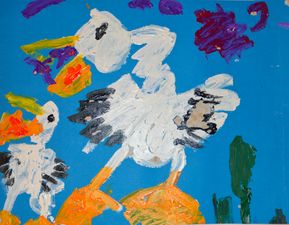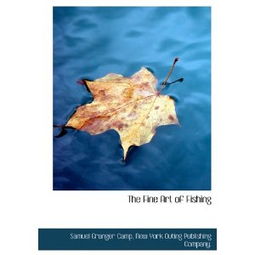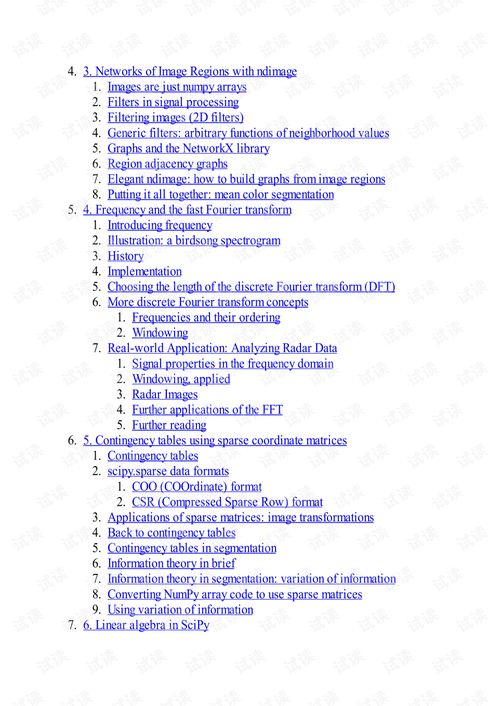Content:
As the spring season draws to a close, anglers are often faced with the challenge of adapting their techniques to the changing weather and water conditions. One of the most enjoyable and rewarding ways to fish during this time is through night fishing. Night fishing not only offers a unique experience but also allows anglers to catch fish that may be more active during the cooler evening hours. In this article, we will discuss some essential spring end fishing tips and how to master the art of night fishing.
Choose the Right Time
The most important aspect of night fishing is timing. Spring evenings can be unpredictable, so it's crucial to plan your fishing trip accordingly. The best time to start night fishing is when the sun has set and the sky is darkening. This usually occurs around 9 PM during the spring months. However, it's essential to check the weather forecast and moon phase, as these factors can significantly impact fish activity.
Select the Right Location
Finding the right location is key to a successful night fishing trip. During spring, fish tend to move to deeper waters as the water temperature cools down. Look for areas with structure, such as rocks, weeds, or fallen trees, as these provide excellent cover for fish. Additionally, areas with a drop-off or a transition between shallow and deep water can be productive.
Use the Right Equipment
When it comes to night fishing, having the right equipment is crucial. Here are some essential items to consider:
a. Night Vision Equipment: Invest in a good pair of night vision goggles or binoculars to help you see in low-light conditions. This will make it easier to spot fish and other important landmarks.
b. Flashlight: A powerful flashlight is essential for illuminating your fishing area and for signaling to other anglers. Make sure to bring a spare battery or a rechargeable flashlight.
c. Rod and Reel: Choose a rod and reel that are suitable for the type of fish you're targeting. For night fishing, a medium-action rod with a good sensitivity is recommended.
d. Tackle: Use live bait or artificial lures that are known to attract fish during the night. Some popular choices include nightcrawlers, leeches, and soft plastics.
Master the Art of Casting
Casting in low-light conditions can be challenging, but with practice, you can become proficient. Here are some tips to help you improve your casting technique:
a. Use a higher-than-normal rod tip to increase sensitivity and help you detect subtle movements.
b. Keep your rod tip low and close to the water to reduce noise and spook fish.
c. Pay attention to your casting arc and aim for a straight line to minimize the chances of snags.
Patience is Key
Night fishing requires patience and a willingness to wait. Fish may be less active during the night, so it's essential to be patient and give your bait time to work. Stay focused and be prepared to wait for a few hours before you start catching fish.
Safety First

Safety should always be a priority when night fishing. Here are some safety tips to keep in mind:
a. Inform someone of your fishing plans and expected return time.
b. Wear a life jacket, especially if you're fishing from a boat.
c. Stay aware of your surroundings and avoid navigating in unfamiliar waters.
In conclusion, night fishing during the spring season can be a highly rewarding experience for anglers willing to adapt their techniques. By choosing the right time, location, and equipment, and mastering the art of casting, you can increase your chances of catching fish during the cooler evening hours. Remember to prioritize safety and patience, and enjoy the unique experience that night fishing has to offer.












